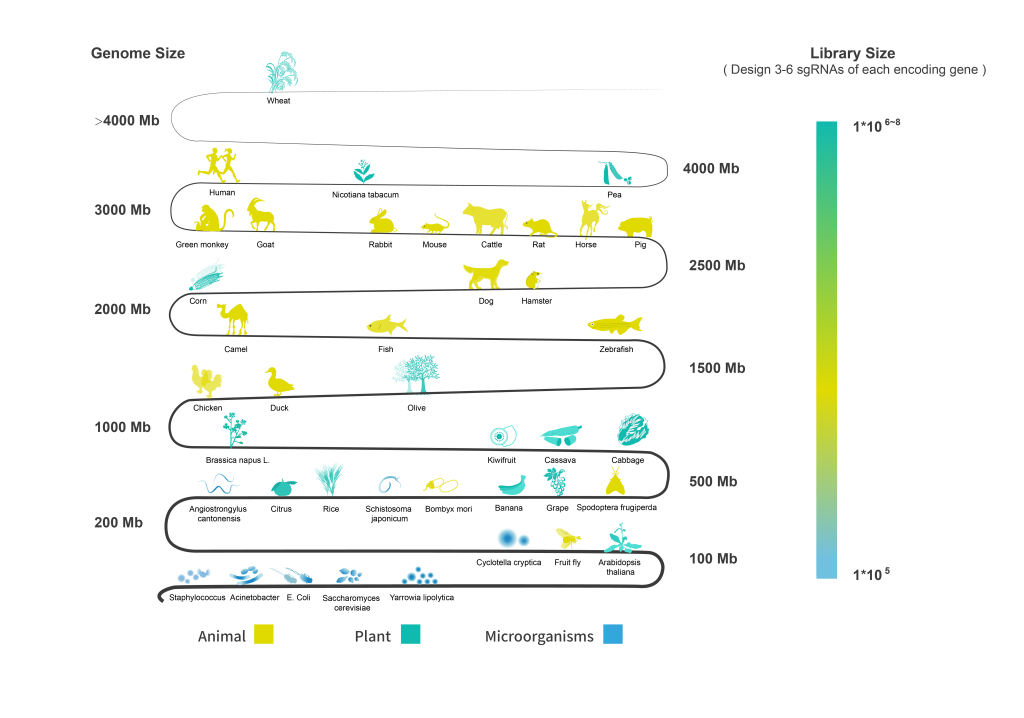
Once upon a time, in the whimsical world of genetic engineering, I found myself tangled up in a web of regulations and legal jargon that made my head spin faster than a centrifuge. Picture this: I’m at a conference, surrounded by brilliant minds discussing CRISPR technology when someone casually mentions “sgrna design tools.” My ears perked up like a cat spotting its favorite toy. Little did I know that these nifty little tools not only help scientists edit genes but also come with their own set of legal attributes—like an unexpected plot twist in my favorite sci-fi novel!
The Legalese Behind sgRNA Design Tools

So what exactly is this magical sgRNA design tool? In simple terms, it’s like having your very own GPS for navigating the complex landscape of gene editing. But wait! It doesn’t just stop there; it has some serious legal baggage too! These tools are designed to comply with various regulations governing genetic modifications—think of them as the well-behaved children at the science fair who always follow the rules. And speaking of rules, they play an essential role in Dispute Resolution Mechanisms (DRMs), ensuring that if things go awry during experiments or patent disputes, there’s a structured way to resolve conflicts without resorting to hair-pulling or dramatic courtroom showdowns.
Diving Deeper into DNA Fragment Synthesis and DRMs
Now let’s take our adventure one step further into dna fragment synthesis—a process akin to piecing together an intricate puzzle where each piece must fit perfectly under strict guidelines. When it comes to DRMs within this realm, we’re talking about protocols that ensure all parties involved can settle disagreements amicably before escalating matters into full-blown litigation battles reminiscent of epic movie showdowns. With clear documentation and defined procedures baked right into the synthesis process itself, researchers can avoid misunderstandings over ownership rights or experimental outcomes—because nobody wants their groundbreaking discovery turned into fodder for courtroom drama!
The Synbio Saga: Navigating DRMs Like Pros
Ah yes, synthetic biology—or Synbio as we cool kids call it—is another thrilling chapter in our saga involving Dispute Resolution Mechanisms. Here lies an exciting blend of creativity and compliance where scientists concoct new life forms from scratch (cue ominous music). However, even amidst such innovation lurks potential conflict over intellectual property rights and ethical considerations. Thankfully, robust DRM frameworks exist here too! They provide pathways for negotiation and mediation so innovators can focus on creating rather than squabbling over who gets credit for turning yeast into biofuel while wearing lab coats instead of capes.
A Conclusion Worth Celebrating!
In conclusion—and after much laughter through this rollercoaster ride—we’ve uncovered how sgRNA design tools not only revolutionize gene editing but also navigate us through murky waters filled with laws and regulations like seasoned sailors steering clear from stormy seas! Their integration with dispute resolution mechanisms ensures that scientific progress continues smoothly while keeping everyone playing nice—even when egos clash harder than two titans battling for supremacy! So next time you hear about these marvelous tools remember: behind every successful experiment lies not just genius but also good old-fashioned legal savvy!
